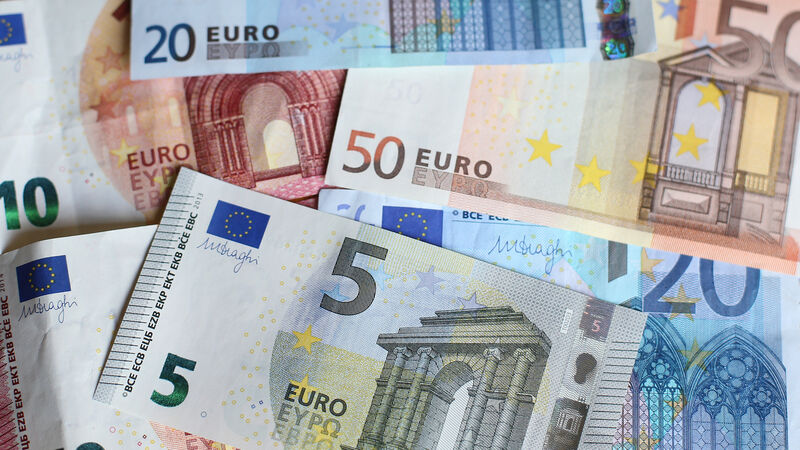Study compares environmental impact of using banknotes to driving a car

The European Central Bank environmental footprint study of euro banknotes as a payment instrument found an average citizen's use of banknotes in 2019 equalled 0.01% of the total environmental impact of their annual consumption activities.
The average person's use of banknotes in the EU every year has a similar environmental impact to driving a car for 8km.
That number is far lower than washing a t-shirt over a year, which is akin to driving for 55km, or drinking bottled water for a year which is similar to a trip from Cork to Dublin.
CLIMATE & SUSTAINABILITY HUB













